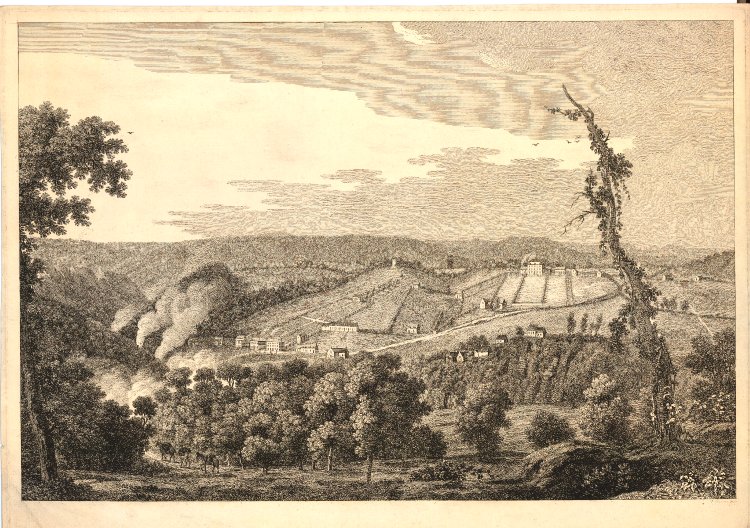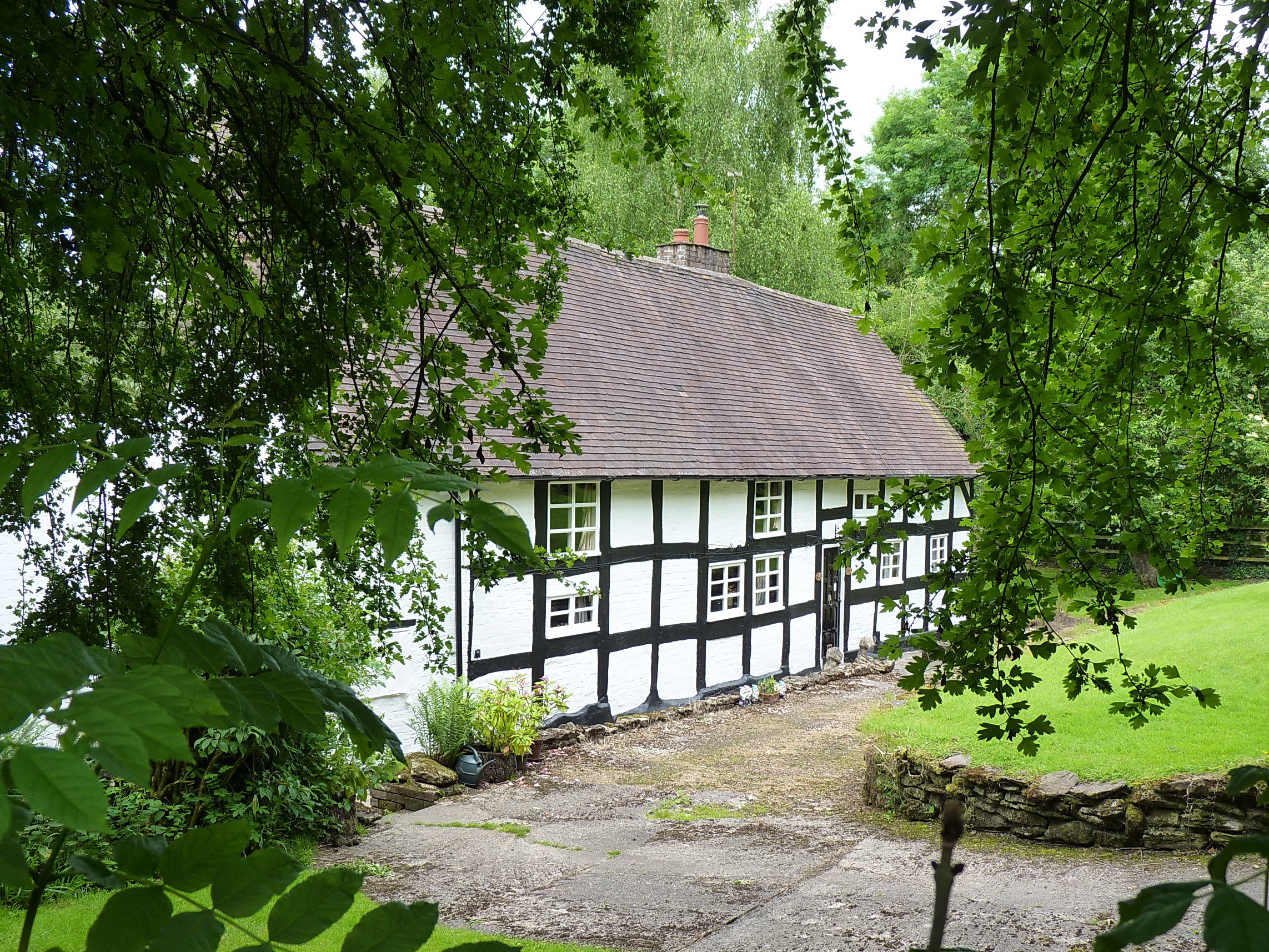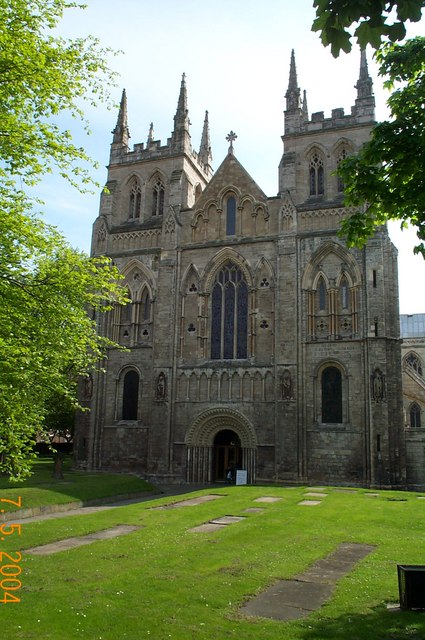|
Holy Trinity Church, Coalbrookdale
Holy Trinity Church is an Anglican church in Coalbrookdale, Shropshire, England. It is part of the United Benefice of Coalbrookdale, Ironbridge and Little Wenlock, in the Diocese of Hereford. The building is Grade II* listed. Description The parish of Coalbrookdale was formed in 1851, from Ironbridge and Little Dawley; the patronage of the new living was conferred on Abraham Darby IV, a member of the family of ironmasters at Coalbrookdale. He gave money for the building of a new church, and Adelaide Anna Darby (who married Henry Whitmore in 1852) gave the site. The church, designed by Reeves and Voysey, was built from 1851 to 1854, and it was consecrated by Renn Hampden, Bishop of Hereford, on 25 July 1854. [...More Info...] [...Related Items...] OR: [Wikipedia] [Google] [Baidu] |
Coalbrookdale
Coalbrookdale is a village in the Ironbridge Gorge in Shropshire, England, containing a settlement of great significance in the history of iron ore smelting. It lies within the civil parish called the Gorge. This is where iron ore was first smelted by Abraham Darby using easily mined "coking coal". The coal was drawn from drift mines in the sides of the valley. As it contained far fewer impurities than normal coal, the iron it produced was of a superior quality. Along with many other industrial developments that were going on in other parts of the country, this discovery was a major factor in the growing industrialisation of Britain, which was to become known as the Industrial Revolution. Today, Coalbrookdale is home to the Ironbridge Institute, a partnership between the University of Birmingham and the Ironbridge Gorge Museum Trust offering postgraduate and professional development courses in heritage. Before Abraham Darby Before the Dissolution of the Monasteries, Madeley ... [...More Info...] [...Related Items...] OR: [Wikipedia] [Google] [Baidu] |
Gothic Revival Architecture
Gothic Revival (also referred to as Victorian Gothic, neo-Gothic, or Gothick) is an architectural movement that began in the late 1740s in England. The movement gained momentum and expanded in the first half of the 19th century, as increasingly serious and learned admirers of the neo-Gothic styles sought to revive medieval Gothic architecture, intending to complement or even supersede the neoclassical styles prevalent at the time. Gothic Revival draws upon features of medieval examples, including decorative patterns, finials, lancet windows, and hood moulds. By the middle of the 19th century, Gothic had become the preeminent architectural style in the Western world, only to fall out of fashion in the 1880s and early 1890s. The Gothic Revival movement's roots are intertwined with philosophical movements associated with Catholicism and a re-awakening of high church or Anglo-Catholic belief concerned by the growth of religious nonconformism. Ultimately, the "Anglo-Catholicism" t ... [...More Info...] [...Related Items...] OR: [Wikipedia] [Google] [Baidu] |
Listed Buildings In The Gorge
The Gorge, Shropshire, The Gorge is a civil parish in the district of Telford and Wrekin, Shropshire, England. It contains 215 Listed building#England and Wales, listed buildings that are recorded in the National Heritage List for England. Of these, two are listed at Grade I, the highest of the three grades, 13 are at Grade II*, the middle grade, and the others are at Grade II, the lowest grade. The River Severn runs through the parish and, together with a tributary running from the north, form Ironbridge Gorge, which contains the town of Ironbridge, and the villages of Coalbrookdale, Coalport and part of Jackfield. Until the coming of the Industrial Revolution the parish was rural, and the listed buildings from this period consist of timber framed houses and cottages. In 1708 Abraham Darby I moved to Coalbrookdale and took over an disused blast furnace. He developed this into Coalbrookdale#Old Furnace, The Old Furnace in which he smelting, smelted iron wit ... [...More Info...] [...Related Items...] OR: [Wikipedia] [Google] [Baidu] |
National Churches Trust
The National Churches Trust, formerly the Historic Churches Preservation Trust, is a British registered charity whose aim is to "promote and support church buildings of historic, architectural and community value across the UK". It carries out this aim by providing financial grants to repair and modernise church buildings, supporting projects to enable churches to remain open, collaborating with local Churches Trusts and volunteer bodies, providing practical advice, support and information, and working to promote public awareness of the needs of churches. Its forerunner was the Historic Churches Preservation Trust, whose functions it has taken over, together with those of the Incorporated Church Building Society. History By the middle of the 20th century, the fabric of many British church buildings was in a poor state of repair. This had followed socioeconomic changes in the late 19th and early 20th centuries, including population changes, followed by neglect during ... [...More Info...] [...Related Items...] OR: [Wikipedia] [Google] [Baidu] |
Matthew Webb
Captain Matthew Webb (19 January 1848 – 24 July 1883) was an English swimmer and stuntman. He is the first recorded person to swim the English Channel for sport without the use of artificial aids. In 1875, Webb swam from Dover to Calais in less than 22 hours. This made him a celebrity, and he performed many stunts in public. He died trying to swim the Whirlpool Rapids below Niagara Falls, a feat declared impossible. Early life and career Webb was born in High Street, Dawley (now part of Telford), in Shropshire, one of fourteen children of a surgeon. Matthew Webb, and his wife Sarah Cartwright Webb, who moved with the family to Madeley High Street in 1849, and then by 1856 to Eastfield House, Coalbrookdale. He acquired his ability to swim in the River Severn at Coalbrookdale. In 1860, at the age of twelve, he joined the training ship HMS ''Conway'' for two years, then entered the merchant navy and served an apprenticeship with Rathbone Brothers of Liverpool.Article on Mat ... [...More Info...] [...Related Items...] OR: [Wikipedia] [Google] [Baidu] |
Harrison & Harrison
Harrison & Harrison Ltd is a British company that makes and restores pipe organs, based in Durham and established in Rochdale in 1861. It is well known for its work on instruments such as King's College, Cambridge, Westminster Abbey, and the Royal Festival Hall. History of the firm Thomas Harrison established an organ building company in 1861 in Rochdale, then moved to Durham in 1872. The company was moderately successful but did not achieve real success until 1896 when Thomas's sons Arthur and Harry took over. Harry designed the organs and Arthur proved to be a particularly gifted voicer, resulting in commissions for rebuilds of several great organs including Durham Cathedral, the Grand Organ at the Royal Albert Hall and new commissions including Westminster Abbey, and Rossall School (1925). Between 1890 and 1996 Harrisons was located on Cross Street (now Hawthorn Terrace), Durham in a former paper mill. The building is now called Harrison House. Arthur Harrison died in 19 ... [...More Info...] [...Related Items...] OR: [Wikipedia] [Google] [Baidu] |




